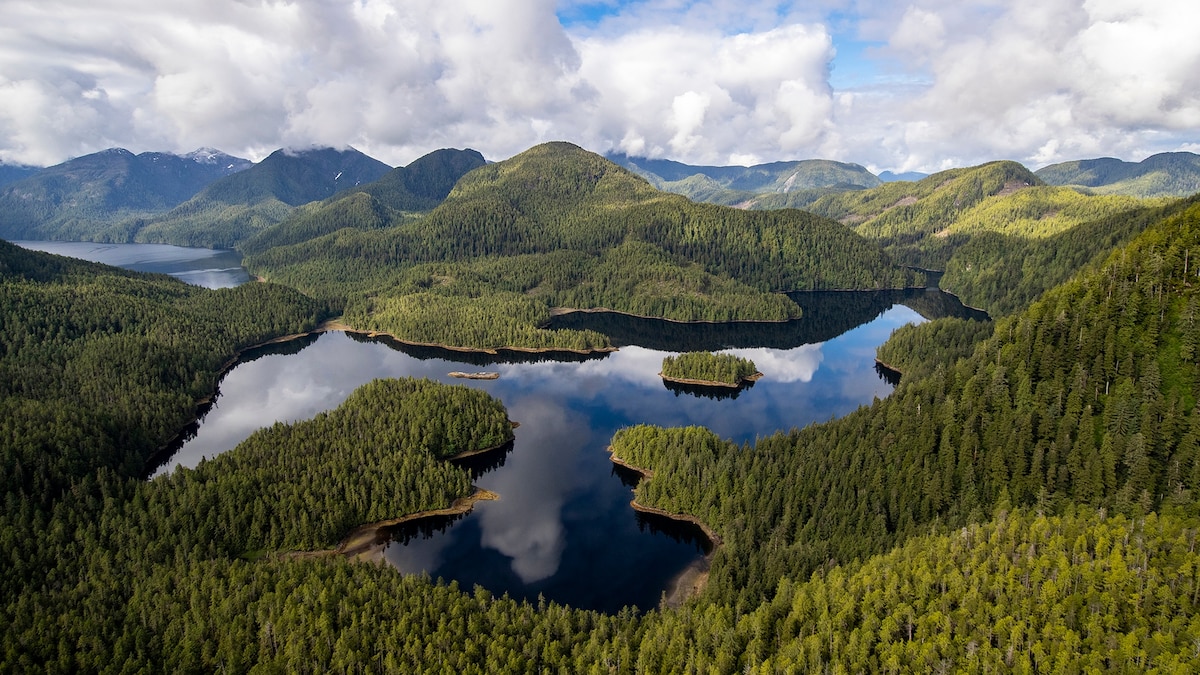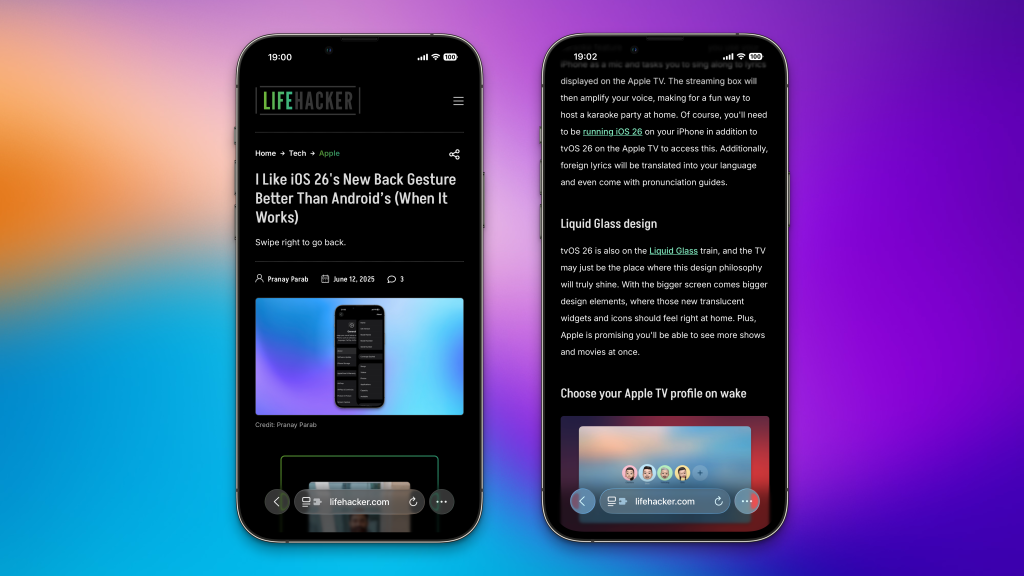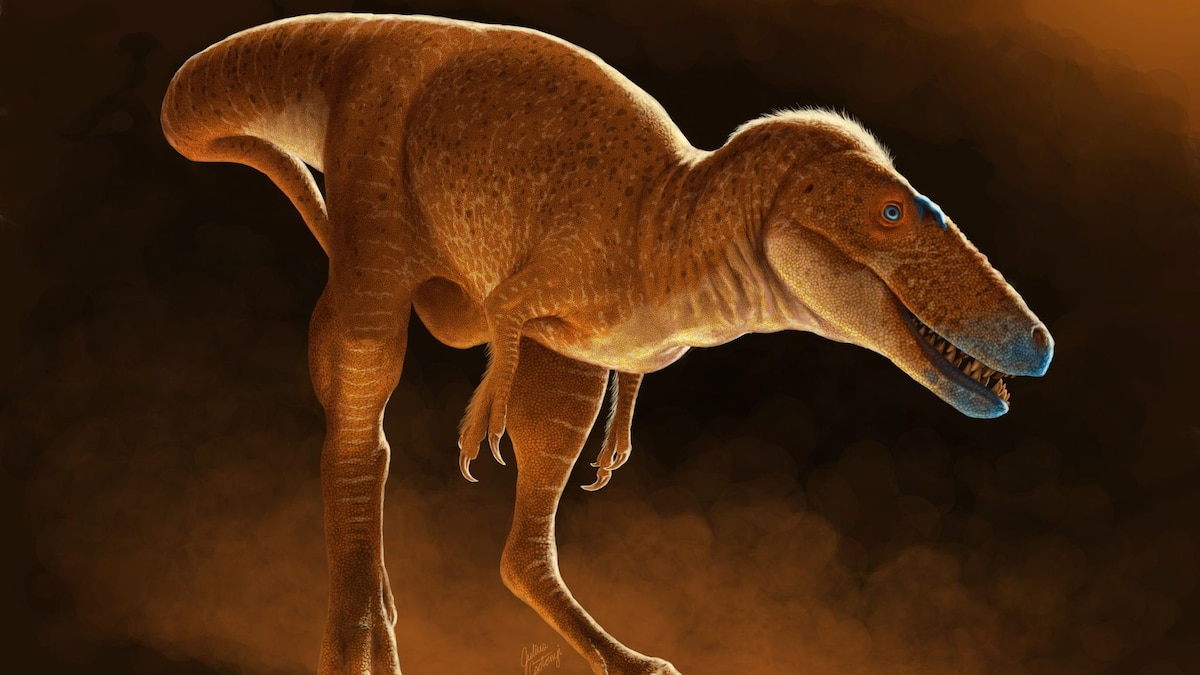Now Reading: What to do on Vancouver Island’s eastern coastline, from whale-watching to whisky tasting
-
01
What to do on Vancouver Island’s eastern coastline, from whale-watching to whisky tasting
What to do on Vancouver Island’s eastern coastline, from whale-watching to whisky tasting

When people think about Vancouver Island—the largest island on North America’s west coast and just 60 miles west of Vancouver—they may picture the cosmopolitan capital of Victoria in the South Island, or perhaps its ancient forests, home to some of the tallest trees on Earth. But the island’s eastern coastline, from Nanaimo up to Port Hardy, offers a glimpse into an even quieter way of life, where you can stroll one of the windswept beaches, go on a world-class whale watching expedition, or even try your hand at salmon fishing.
“The east coast of Vancouver Island gives you a diverse mix of coastal experiences,” says Laura Howells, travel media and storytelling specialist at 4TVI (Tourism Vancouver Island). “It’s filled with ocean, mountain, river and forest scenery, with quaint and friendly communities speckled throughout.”
Vancouver Island has a rich Indigenous history—First Nations people have lived here since time immemorial. The North Island, starting an hour north of Campbell River, has the highest proportion of First Nations residents on Vancouver Island, at more than 60 percent of the population. You can see their influence in the beautiful artwork at galleries throughout this part of the island, as well as what’s thought to be the world’s tallest totem pole, on Alert Bay.
(How to spend 48 hours in Tofino, the bohemian bolthole on Vancouver Island)
After arriving in Nanaimo on Vancouver Island’s eastern coast, grab a Nanaimo bar from Red’s Bakery to sustain you for your 30-minute drive north to the quaint neighboring towns of Parksville and Qualicum Beach. If the weather’s mild (and you never know on this often moody, misty stretch), wander its 12 miles of sandy ocean beaches.
Head another 40 minutes north to Courtenay, part of the Comox Valley, where you can stroll through the charming downtown, home to cafes, restaurants, and shops. The Potters Place Gallery features ceramics from more than 30 Vancouver Island potters, while Spirits of the West Coast Art Gallery and nearby I-Hos Gallery, just outside town, showcase Indigenous artwork including masks and jewelry.
After another half-hour drive, you reach the “salmon capital of the world,” Campbell River. Depending on the time of year, you’ll find all five species of salmon (chinook, coho, chum, pink, and sockeye) in the ocean waters, and four species in the Campbell and Quinsam rivers. To try your hand at either saltwater or freshwater fishing, purchase a fishing license in advance online and find a local guide to take you out to the best spots.
Campbell River also offers some of the best whale-watching opportunities on the entire West Coast. “The region’s unique geography of narrow channels, strong tidal rapids, and nutrient-rich waters creates an incredible environment that attracts a variety of marine life, including humpback whales, orcas, sea lions, and more,” says Stephen Gabrysh, owner of Campbell River Whale Watching. Choose the covered boat over the open-air Zodiac if you’re prone to seasickness. Look for humpback whales from June to October and orcas all-year round.
(This Canadian kayak tour lets travelers go whale-watching at eye level)


Vancouver Island’s eastern coastline, from Nanaimo up to Port Hardy, offers numerous outdoor activities, from salmon fishing to whale watching to looking for seashells.
Photograph by Hans Van Rhoon, Camera Press/Redux (Top) (Left)
If you prefer to stay on land, opt for an easy hike (just over a mile) in Elk Falls Provincial Park. Pass old-growth Douglas firs on your way to the suspension bridge, which affords awe-inspiring views of the powerful 82-foot Elk Falls. For even more magnificent forest and river scenery, try one of the many longer trails throughout the park.
What to see in the North Island
Keep driving up Highway 19 for about two hours until you reach Port McNeil, the jumping-off point for the 45-minute ferry to Alert Bay on Cormorant Island; there are about six sailings a day, so plan your schedule accordingly. Alert Bay is home to the world’s tallest totem pole, at 173 feet, constructed by Kwakwaka’wakw artisans in 1973.
From Port MacNeil, continue driving north until the road ends, quite literally, at Port Hardy, the northernmost point of Vancouver Island reachable by paved road. Going farther requires either navigating rough roads or boating. Don’t miss the area’s rich collection of First Nations art, as befitting the home of the Kwakwaka’wakw Peoples. See works from more than 100 local artists at the West Coast Community Craft Shop and traditionally carved canoes, masks and totems at Copper Maker Gallery in nearby Fort Rupert.
Port Hardy is also the springboard to the romantically wild Great Bear Rainforest, the longest remaining stretch of coastal temperate rainforest in the world. Think century-old trees, abundant waterfalls and—yes—bears, including brown, grizzly, and the elusive white-furred spirit bear.
“The Great Bear Rainforest is one of the most biodiverse places on the planet,” says Fraser Murray, owner-operator of Nimmo Bay Wilderness Resort. “It’s not just the bears and whales that leave an impression, it’s the thousands of smaller wonders too, like the lichens, the salmonberries, and the carpets of moss.” Reach this magical area by private boat, on a scenic Pacific Coastal Airlines flight or by sailing with BC Ferries to Bella Coola from June to September.
Where to stay

Vancouver Island is home to world-renowned whale watching, the Great Bear Rainforest, Indigenous artworks, fresh oysters, and more.
Photograph by Hans Van Rhoon, Camera Press/Redux
Adjacent to the 18-hole Campbell River Golf Club (available to hotel guests for a discounted fee), the Naturally Pacific Resort, which opened in June 2024, offers lovely ocean and mountain views. Try the heated indoor pool, housed in its own building on the expansive grounds, with retractable floor-to-ceiling windows that open to the outdoors on warmer days.
Indigenous-owned Kwa’lilas Hotel (Kwa’lilas means “a place to sleep” in the language of the Gwa’sala-‘Nakwaxda’xw First Nations) in Port Hardy is filled with Aboriginal art curated by elders in the local community, including a gorgeous 18-foot-wide copper wall piece in the lobby from Coast Salish artist Shain Jackson.
Accessible from Port Hardy by a 15-minute World War II-era floatplane, Nimmo Bay Wilderness Resort offers second-to-none kayaking and hiking opportunities in the Great Bear Rainforest. The personalized experiences, from a coastal safari by boat to sea urchin diving, are unforgettable; the cuisine, using foraged plants and local ingredients, is sublime; and the private floating sauna experience, followed by a cold plunge, and waterfall-adjacent hot tubs may spoil you for life.
Where to eat
There’s no better place to eat oysters than fresh from the source. Sample these slightly sweet, briny wonders at Fanny Bay Oysters Seafood Shop, about 20 minutes south of Courtenay off Highway 19A. Note that they don’t do the shucking for you, so you’ll need to buy a knife and DIY to enjoy immediately at one of their picnic tables. Their housemade candy sockeye sticks also make a delicious roadtrip snack.
The farmland around Shelter Point Distillery, about 20 minutes south of Campbell River, provides the majority of the barley used in their single-malt whisky. Established in 2011 by third-generation farmer Patrick Evans, their gorgeous facility overlooking the ocean was constructed from local timber. Drop by for a tasting of three spirits or book an appointment in advance for a more comprehensive distillery tour.
The 20,000-square-foot garden at Naturally Pacific Resort in Campbell River provides much of the vegetables, fruits, and herbs used in the dishes at Carve Kitchen + Meatery. You can’t go wrong with the Canadian beef and local seafood at this modern take on a steakhouse, in a serene space with funky light fixtures and a living plant wall. They also source honey for dressings and cocktails from their own apiary.
If you’ve never tried Indigenous fine dining, Ha’me’ Restaurant in Port Hardy’s Kwa’lilas Hotel will expand your mind while satisfying your palate. Spice-rubbed venison carpaccio, smoked sablefish salad with blackberries, and banana bannock donuts, with chocolate ganache and cinnamon sugar, are some of the offerings on the seasonally changing menu. The space is modeled on a traditional Big House, built using local cedar and decorated with ceremonial masks.
Liz Humphreys is a Canada-born and -bred travel writer who now splits her time between NYC and Europe. She focuses on unique luxury, family, food, wine, and cultural experiences across the globe. See more at @lizhumphreys60























